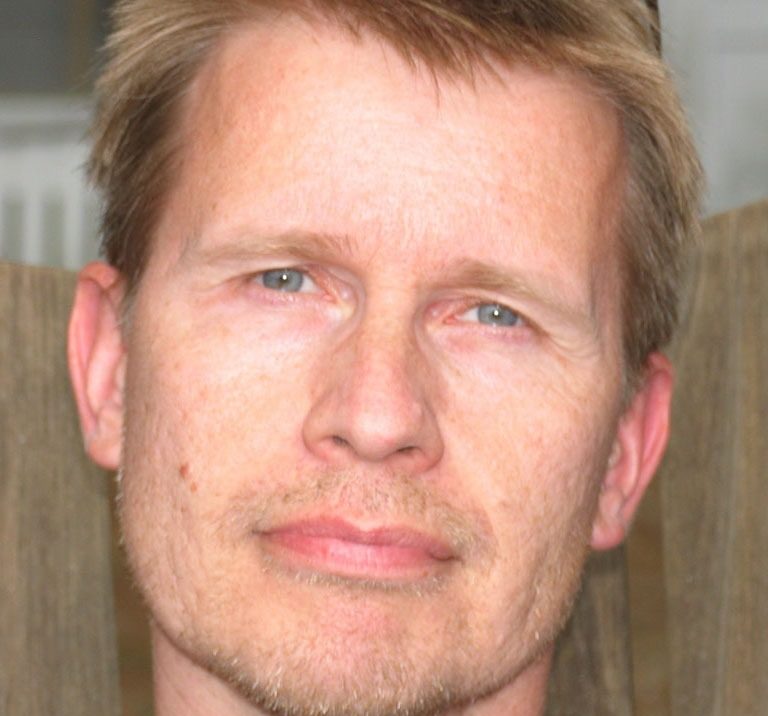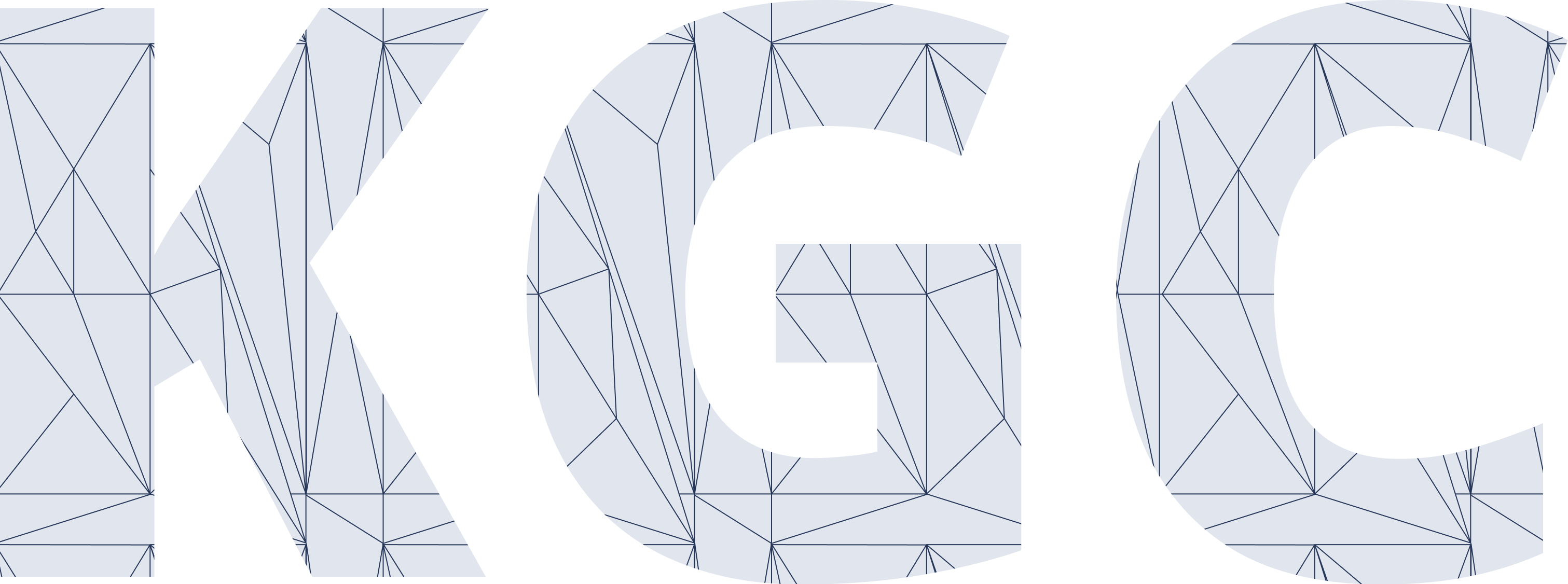Ora Lassila

Amazon Web Services
Principal Technologist
Biography
Ora Lassila is a Principal Graph Technologist in the Amazon Neptune graph database group. He has a long experience with graphs, graph databases, ontologies, and knowledge representation, and was a co-author of the original RDF specification as well as a co-author of the seminal article on the Semantic Web. He holds a Ph.D in Computer Science, but actually aspires to be a professional aviation photographer..
Talks and Events
2022 Keynote: Will knowledge graphs save us from the mess of modern data practice?
Modern enterprise data practice is messy at best, with daunting problems such as data integration, elimination of “data silos”, and alignment of semantics. This “messiness” will be perpetuated until we have a practical unifying solution for for describing data and semantics, instead of the tool- or system-oriented approaches (as in “this tool will solve your data problems” or “build this type of a system to alleviate your data problems”). The problem is not the tools we used (well, it is that too), or the systems we are told to build (ditto), but the lack of a single “language” ensures that we keep living in the proverbial world of the Tower of Babel. In this talk we suggest that the solution may come from the field of knowledge graphs, and is complementary to data architectures de jour such as lake houses and data meshes.
Modern knowledge graphs can be traced back to the ideas (and ideals) of the Semantic Web. Indeed, the technologies and mechanisms introduced to fulfill the Semantic Web vision can be (and are) used to build enterprise knowledge graphs today. These technologies were designed for data integration and interoperability, and not solely for the Web, but they were built using Web technologies, and thus they are based on a well-understood and universally supported infrastructure. Most importantly, languages such as RDF and OWL are currently our best candidate for that unifying language we so desperately need, with no viable replacement in sight. The Amazon Neptune database team is working on a unifying metamodel for both RDF graphs and Labeled Property Graphs (dubbed “OneGraph” or 1G), and through this we can broaden the applicability of these languages, and thus answer in the affirmative the question that is the title of this talk.
2022 Talk: Yes, you can use Knowledge Graphs in real life!
Developing applications that tap into knowledge graphs requires new skills and architectural patterns. In this talk, we present a typical knowledge graph system architecture, and discuss its constituent parts and functionality. We then illustrate this with a concrete example of a production system that is built to manage legal information, using Amazon Neptune, from law firms, courts, and other third-party sources. This system also offers sophisticated search functions that help lawyers find relevant information, such as similar legal briefs, to work more efficiently on their cases.
2021 Talk: A knowledge graph is more than just a graph database
Customer adoption of graph databases is growing rapidly and has attracted many vendors and products. Graphs, as an abstraction, are a simple and intuitive way to model information about the world. Despite this, the learning curve for building a graph-based application remains steep and daunting, as it requires the use of tooling and processes that may seem unfamiliar, even to experienced data practitioners. Most importantly, there are components other than a graph database that are needed for a knowledge graph architecture. In this presentation we discuss these components, the tooling one needs to succeed in building a knowledge graph -driven application, and we present the idea of a “data value chain”: data flowing from legacy sources, through various manipulation steps, to a graph representation, ready to be consumed.
